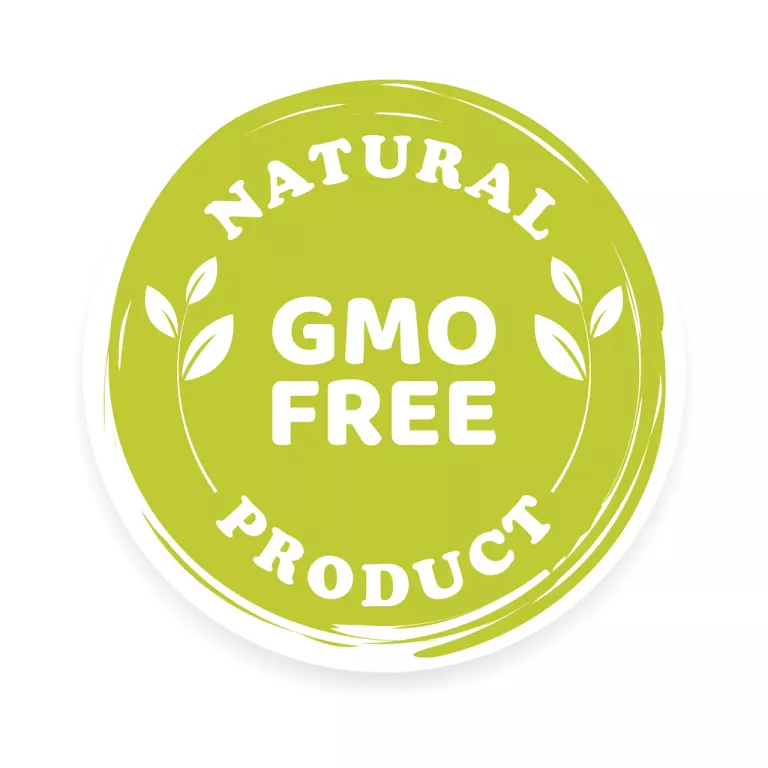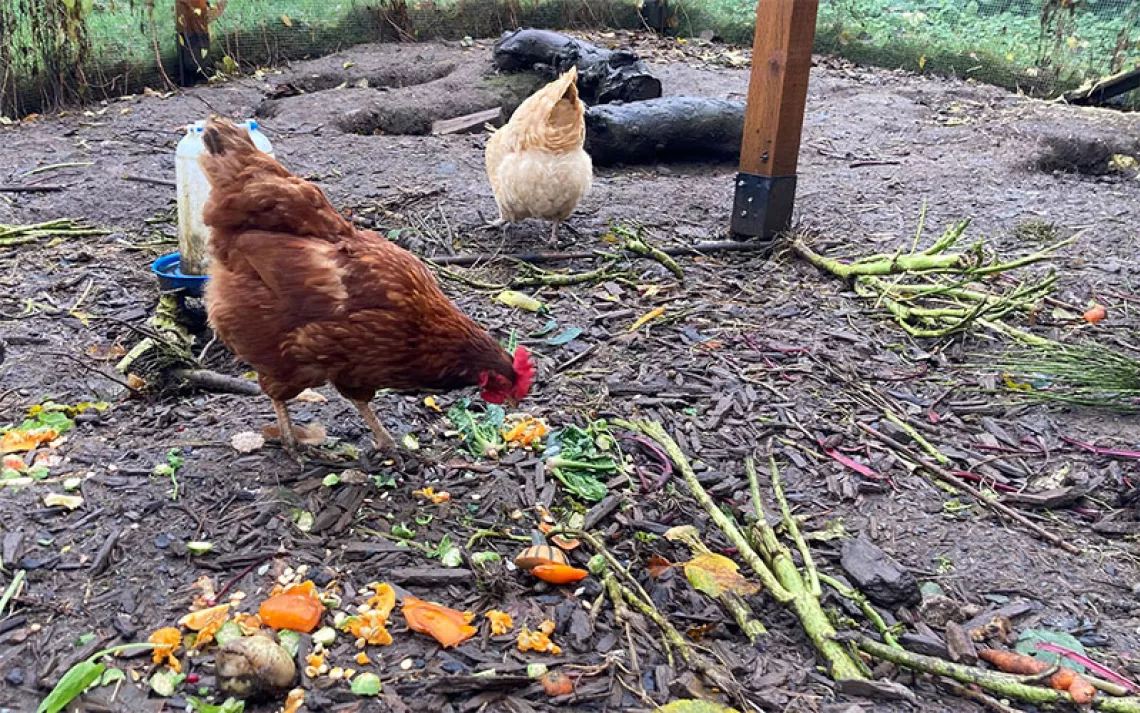A Nation of Lab Rats
Is genetically engineered food bad for you? Maybe. Maybe not.

If it’s true that you are what you eat, now would be the time to start scrutinizing the fine print. Just five years after genetically engineered foods were quietly introduced into the marketplace, gene-manipulated soy, papaya, yellow-neck squash, canola, potatoes, tomatoes, and dairy and animal products are on the tables of consumers, with another hundred or so, including wheat, expected soon. According to most estimates, 60 to 70 percent of all processed foods contain genetically modified ingredients.
But there is no fine print. Food regulations in the United States don’t require segregation or labeling of genetically engineered products. The Food and Drug Administration presumes that genetically engineered foods are substantially the same as their unmodified counterparts. But Health Canada (the FDA’s Canadian equivalent), the UN Food Safety Agency, and the United Kingdom’s Ministry of Agriculture have all questioned the safety of certain genetically engineered foods, especially dairy products from cows treated with recombinant bovine growth hormone, or rBGH. Last year, the EU declined to approve Monsanto’s Roundup Ready corn for human consumption because of concern about potential allergic reactions. Roundup Ready corn and soybeans are ubiquitous in the U.S. food supply, despite Monsanto’s own study for the FDA, which revealed large differences in nutrients and allergens between its modified and unmodified soybeans.
Now is the time for environmental journalism.
Sign up for your Sierra magazine subscription.

To understand the potential problems, you first have to understand the process by which geneticists hope to imbue a living organism with new characteristics, such as herbicide resistance. Scientists pluck a gene from another species (a “transgene”) that carries the desired trait. But the transgene does not travel alone. It generally rides in on a “truck” of bacterial DNA, loaded with baggage and sometimes unsuspected stowaways. Even if the transgene comes from a related plant species, bacteria, virus, and antibiotic-resistant genes are usually packaged in as delivery systems, “on switches,” or markers.
Whether transgenes are introduced into a cell of a host plant using bacteria or a “gene gun” (a process in which gold or tungsten micro-particles are coated with transgenes and then fired into targeted cells or tissues), they cannot be directed to a specific location on the host chromosomes or even to a specific chromosome. Incorporation into the host DNA is more or less a crapshoot, and only a small percentage of cells end up with the transgenes. To figure out what’s ended up where, scientists link marker genes that are resistant to antibiotics or herbicides, then kill off all cells except those with the resistance markers and allow the transformed cells to grow into intact organisms. Voilà, a pest-resistant zucchini. Well, maybe--and maybe things unexpected as well.
Without segregation of genetically engineered products and post-market monitoring, the long-term impacts on human health of, for example, the cauliflower mosaic virus (a virus used to assist the process as a “promoter”) are impossible to monitor. But we’ve already had warnings of genetic engineering’s potential impact on antibiotics resistance, naturally occurring allergens, and healthy human cells, some of them from the FDA’s own literature. For example:
- The FDA warns of decreased effectiveness of antibiotics due to antibiotic-resistant marker genes incorporated into genetically modified organisms and their enzyme products. The UK Ministry of Agriculture cautions that antibiotic-resistant genes in modified corn could render useless eight powerful antibiotics used by doctors to fight fatal diseases.
- According to the FDA, “many plants naturally produce a variety of compounds that are toxic to humans or alter food quality. Generally, these are present at levels that do not cause problems. Combining plant and animal species in genetic engineering may create new and much higher levels of these toxins.” Corn and potatoes engineered to produce toxins that kill insects are already regulated by the EPA as pesticides.
- The FDA also warns that genetic engineering could transfer new and unidentified proteins from one food into another, triggering allergic reactions: “Millions of Americans who are sensitive to allergens will have no way of identifying or protecting themselves from offending foods. Allergic reactions can cause more than a simple discomfort--they can result in life-threatening anaphylactic shock.” A study by the UK’s York Nutritional Laboratory, Europe’s leading specialist on food sensitivity, revealed a 50 percent increase in soy allergies in 1998, a period in which the percentage of genetically engineered beans in the total soy crop jumped dramatically. For the first time in 17 years of testing, soy ranked among the top ten allergenic foods. Soybeans naturally contain at least 16 proteins that can cause allergic reactions, and one was found in almost 30 percent higher concentrations in Monsanto’s transgenic soybeans. Rats eating those soybeans experienced retarded growth, and cows showed altered fat levels in their milk.
- Canadian and European authorities recommended against eating foods from cows treated with rBGH after finding evidence of potential cancer hazards: Rats absorbed the hormone and developed immunological reactions, thyroid cysts, and prostate abnormalities. Cow’s milk contained elevated levels of the hormone IGF-1, linked by research to increased cancer risk in humans. Even so, some U.S. dairy farmers--primarily industrial-scale operations--still inject their cows with rBGH.
As long as genetically engineered foods remain largely unregulated and products unlabeled, the causes and effects of those abnormalities may remain a mystery. The only comprehensive experiments may be under way at your dinner table.
 The Magazine of The Sierra Club
The Magazine of The Sierra Club



